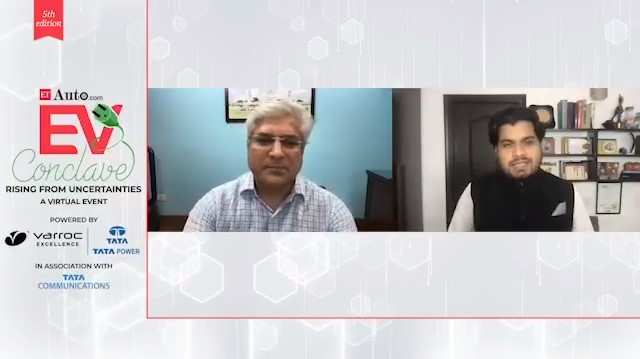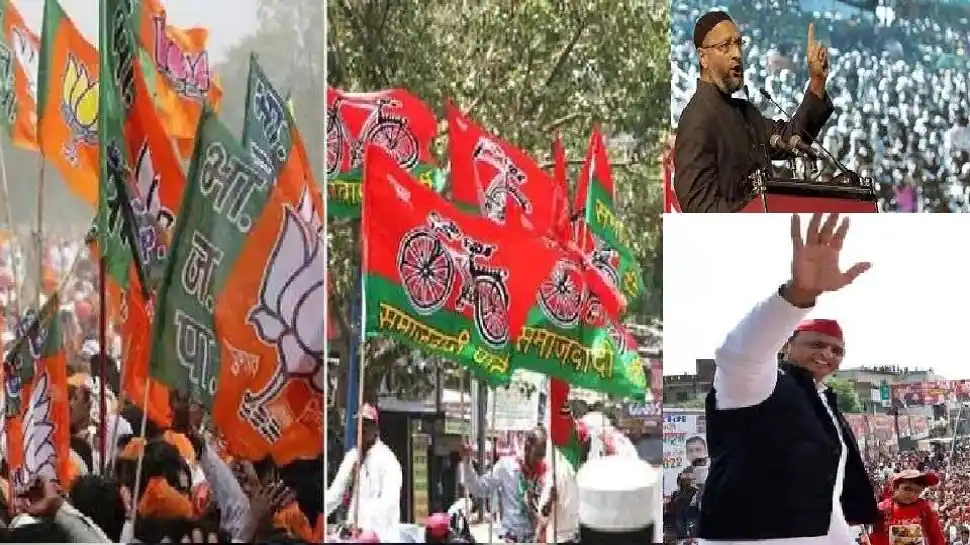
Q. How are you going to manage electricity consumption which is set to rise with the adoption of EVs?
A. We already had detailed meetings with the related discoms and with the power minister of Delhi. In the past five years we have strengthened our grids and introduced the latest technology. Most electric vehicles need overnight charging and during night Delhi usually has surplus power supply. These measures will remove the hurdles in establishing a robust EV ecosystem in the state.
Q. Delhi govt is also planning to give incentive for scrapping vehicles. Is it going to be something beyond the centre’s announcement?
A. The incentives that the Delhi government talks about are over and above those offered by FAME-II or the central government. In Delhi, the incentive for scrapping a vehicle is around INR 7,000 or an equal amount offered by the manufacturer with a capping of INR 7000.
Q. How do you see the scrappage policy proposed by the central government?
A. The policy is in a very nascent stage. In Delhi we cannot establish any scrapping units because of the existing laws. So, most of such units which will cater to the city of Delhi will be in the periphery. States of Haryana and UP have given go ahead for some of the scrapping units in the NCR region. It is too early to comment, but I would like to appeal to the owners of old vehicles to switch to electric vehicles.
Q. The center’s scrappage policy talks about the 20-year life cycle of petrol and diesel vehicles? Are you content with the life cycle timeline introduced by the central government?
A. The life of a vehicle is different at different places. In Delhi we have 10 years for diesel vehicles and 15 years for petrol vehicles. We have multiple orders of the National Green Tribunal (NGT) and also of the Supreme Court. Beyond that you may have the vehicle but you are not supposed to drive it on the road.
In other states people are driving vehicles with a life cycle of 20 years. In Delhi I’m not sure whether we will be able to overcome the timelines set by NGT and the Supreme Court.
Q. You talked about INR 17 crore of incentives provided by the Delhi govt. Is this for public or private EV buyers?
A. This incentive is purely for private buyers.
Q. What are your plans to electrify public transport?
A. Delhi is the only state where the entire public transport is on CNG. We have already made an announcement that we will buy only electric buses for public transport. We are in advanced stages for the procurement of 1,300 12-meter low-floor electric buses which will be equipped with state-of-the-art features.
In the cluster model the Delhi government has floated tenders for another 575 electric buses. So, I think by the year-end we will have about 900-1000 electric buses on Delhi roads.
Q. Why are you pushing only electric vehicles? Is there any alternative technology that you think can be feasible for the Delhi environment?
A. When we push new fuel technology for public transport, we have to be extra careful about safety. CNG is already there and we are bullish on electric vehicle adoption. Delhi has its own peculiar problems due to its location. We are also experimenting with the Indian Oil, and we have spent INR 25 crore – INR 30 crore for setting up one of its kind Hydrogen CNG plant at a DTC depot. We are awaiting the results of that experiment.
Q. What model are you adopting for charging infrastructure? How are you planning to attract investors to establish an EV ecosystem in the state?
A. When we talk about charging stations, land is a big concern. The Delhi government has identified more than 200 land parcels in the city to install charging stations. While charging stations will be set up in Public-Private Partnership, battery swapping will be entirely in the private domain. We have informed the private investors that land will be provided by the Delhi government and the remaining charging infrastructure will be set up by them. Under the PPP model, the investors concerned will have to pay some royalty interest to the government.














